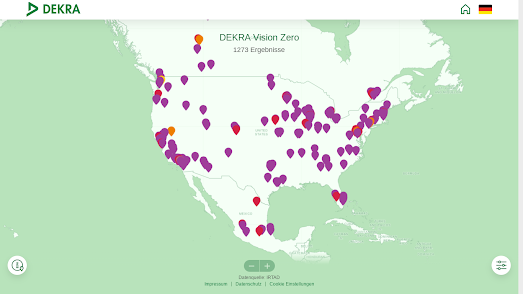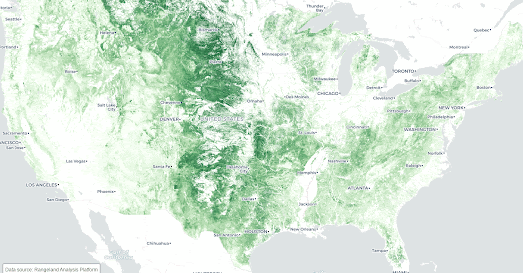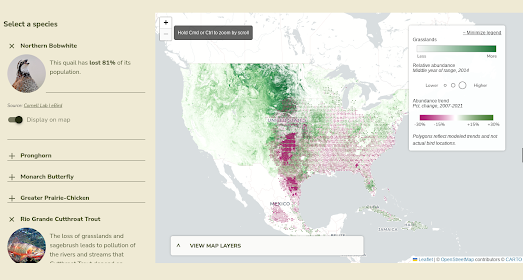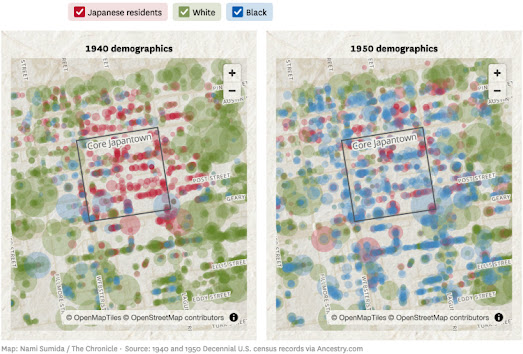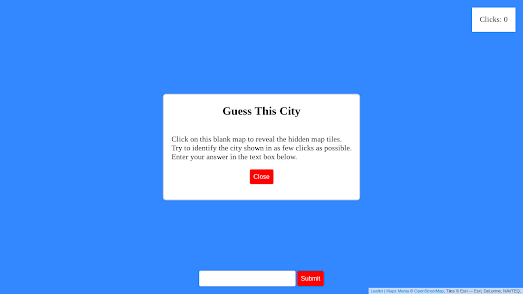Welcome to the 2024 Earth Nose Game World Championship! This year's event promises to be the most exciting and innovative yet, as players from around the globe gather to showcase their unique skills and compete for the coveted title of World Earth Nose Champion. Players in this year's competition will have to be at the very top of their nasal game as the 2024 Nose Game World Championship promises to be the ultimate challenge of nasal dexterity and nostril prowess!
The Earth Nose Game is a delightful fusion of technology and geography which leverages the power of TensorflowJS and FaceMesh to create an astonishing geography challenge. Using cutting-edge facial recognition technology, players need to identify locations around the world on an interactive globe - with their noses. To become the 2024 Earth Nose World Champion you will therefore need not only world-beating geographical knowledge but also a fine tuned and dexterous olfactory protuberance.
Seriously though - while the Earth Nose Game will give you a few minutes of fun it is also an impressive demo of how facial gestures can be used to navigate an online interactive map. There are potentially some very useful lessons to be learned from such experiments, particularly in making interactive maps more accessible for individuals who cannot use other navigational methods.



